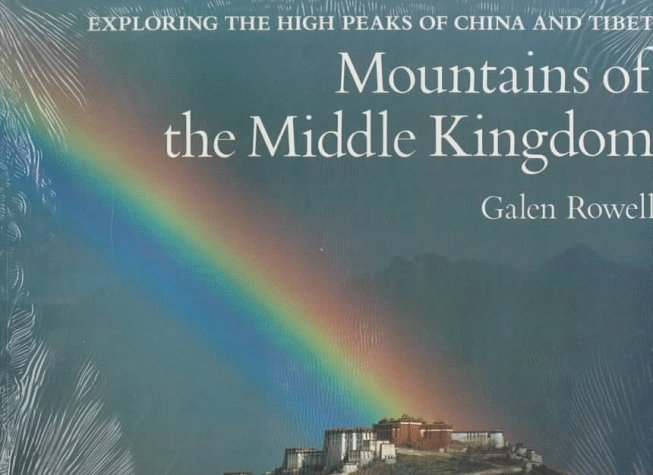The Pamir plains would one day be the meeting place of Afghanistan, Russia and China. But now this high elevation steppe was not claimed by any human government; and it was home only to wildlife that could survive temperatures of 40 degrees F at night.
The caravan was in its twelfth day of crossing the Pamir. The dust rising in the cold early morning shadows bothered the young man’s eyes. He rubbed his closed lids then squinted through the haze. In the distance, sand dunes towered two thousand feet above the plain. Beyond he made out a sunstruck mountain range whose flanks glowed rose red. Higher and yet seemingly closer, a floating mountain of ice stood ablaze in white light. AlthoLigh he had been traveling for months through Europe and into Asia, the stark beuty before him made Marco Polo shiver. That morning he turned eighteen, leaving his youth behind him on the Silk Route.
Seven centuries later the aurora of light and images that so struck Marco Polo in his travels through western Asia has been rediscovered in Mountains of the Middle Kingdom.
Since the Chinese Mountaineering Association announced in 1981 that eight high peaks in western China and Tibet were open to travel and mountaineering, Rowell made four successive trips to the Middle Kingdom. (More and more mountains have been opened to trekkers and climbers by the CMA in the past two years). In the book he combines chapters on his adventures with a rich background on early exploration and its literature. New evidence is given in the mystery of Mallory and Irvine, two British climbers who may have been the first atop Everest, in 1924. They were last seen very high on the mountain. Rowell and a companion find out during an alpine style attempt on the North Col route from Tibet that a chinese mountaineer may have seen their bodies in 1975: the bodies of “two Englize”. The reading was captivating.
Rowell writes clearly and succinctly about his own adventures. In 1948, Eric Shipton and H.W. Tillman attempted to climb Marco Polo’s ice mountain, Mustagah Ata (24,757′). They were stymied in the shoulder deep snow of the gentle southwest slopes. In 1981, the author, Ned Gillette, and Jan Reynolds (both of nearby Stowe, Vermont) climbed and descended the same route on skiis. Rowell, alone on the summit, is struck by the sea of high mountains all around. He does a good job of capturing the run down, one of the longest and most adventurous ski descents ever made. Marco Polo if you can.
Rowell highlights the changes in the Middle Kingdom since communist unification. In Tibeti Mao TseTung’s armies ended the rule by Buddhist high priests of Shangrila. Almost all of Tibet’s monasteries were destroyed either in 1959, by Communist forces during the repression of a rebellion, or by the Red Guard and Tibetan insurgents during the Cultural Revolution. Out of the thousads of working Buddhist monasteries that explorer Heinrich Harrer saw during his travels there in the 1940’s, only a few are even left standing today for worship. Communism, Rowell feels, raised Tibet’s standard of living at a price.
A dark tale. In Sinkiang Province, China, villagers tell Rowell of a mountain that has been hollowed out and with cooling fans set in the summit. On many nights during the 1960’s, heavy trucks drove away from Devil Mountain into the desert, not returning. Then the people saw “many flashes when the night sky became bright as dawn.”
“Lop Nor,” Rowell ventures. “Atomic testing.”
The villagers agree.
With the publication of Mountains …. a void is filled in the existing geographical, historical, and contemporary literature on China and Tibet. From the large, vivid photos to the candid text, it is also to be regarded as a portrait of the artist come into his own.

